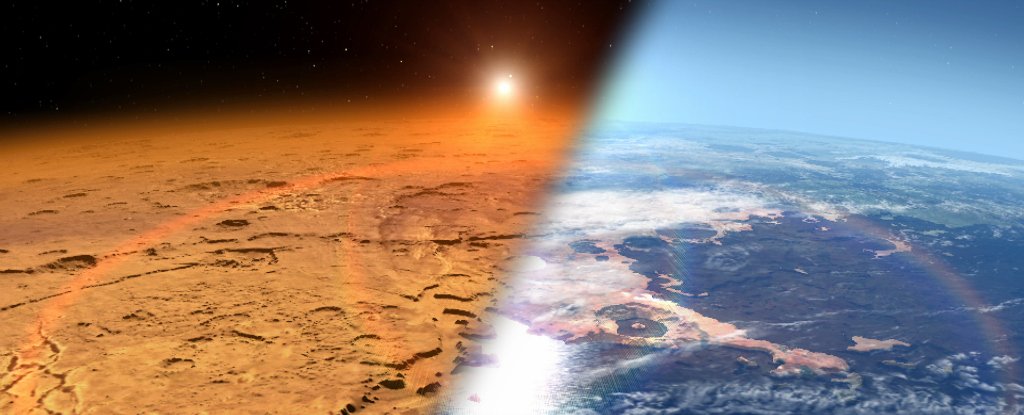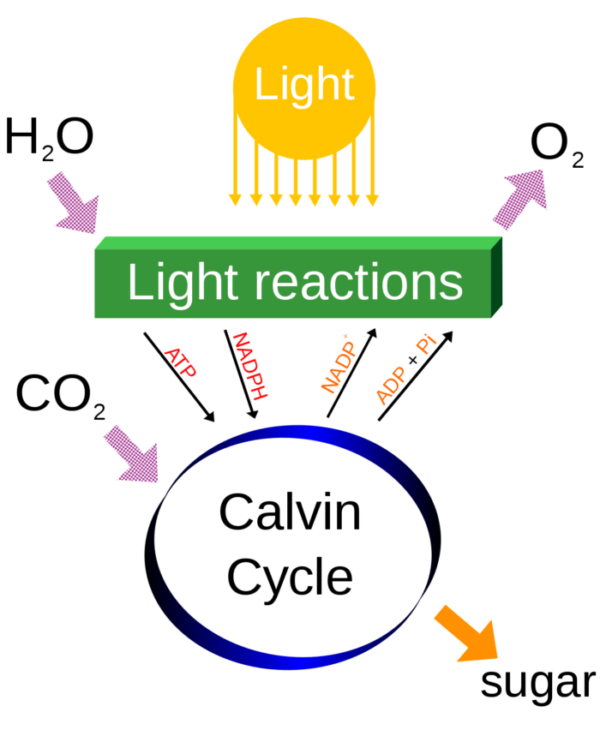Life on Earth owes its existence to photosynthesis, a 2.3 billion-year-old process. This fascinating (and still poorly understood) reaction enables plants and other organisms to collect sunlight, water, and carbon dioxide and convert them into energy in the form of oxygen and sugar.
Photosynthesis is so integral to the workings of the Earth that we underestimate it. But when we look beyond our own planet for places to explore and inhabit, it becomes clear how rare and valuable this process is.
My colleagues and I researched it in a newly published article. Nature CommunicationRecent advances in artificial photosynthesis may be the key to survival and prosperity away from Earth.
Man’s need for oxygen makes space travel difficult. Fuel restrictions limit the amount of oxygen we can take with us, especially if we want to take long trips to the Moon and Mars. A one-way trip to Mars usually takes about two years, meaning we can’t easily source resources from Earth.
The International Space Station already has ways to produce oxygen by processing carbon dioxide. Most of the oxygen on the ISS comes from a process called electrolysis, which uses electricity from the station’s solar panels to split the water the astronauts breathe into hydrogen and oxygen.
It also has a separate system that converts the carbon dioxide exhaled by the astronauts into water and methane.
However, these technologies are unreliable, inefficient, heavy and difficult to maintain. For example, the oxygen generation process requires about one-third of the total energy needed to run the entire ISS system, which supports “environmental control and life support.”
ways forward
For this reason, the search for alternative systems that can be used on trips to the Moon and Mars continues. One possibility is to harvest solar energy (which is abundant in space) and use it directly in a single device to produce oxygen and process carbon dioxide.
The only source for such a device would be water, similar to the process of photosynthesis that occurs in nature. This will avoid complex setups where the two light collection and chemical production processes are separated, such as on the ISS.
This is interesting because it can reduce the weight and volume of the system – two key criteria for space exploration. But it will also be more efficient.
We can use the extra thermal (heat) energy released during the solar capture process directly to catalyze (ignite) chemical reactions and thus speed them up. In addition, complex wiring and maintenance can be significantly reduced. We have developed a theoretical framework for analyzing and predicting the performance of such integrated “artificial photosynthesis” devices for applications on the Moon and Mars.














